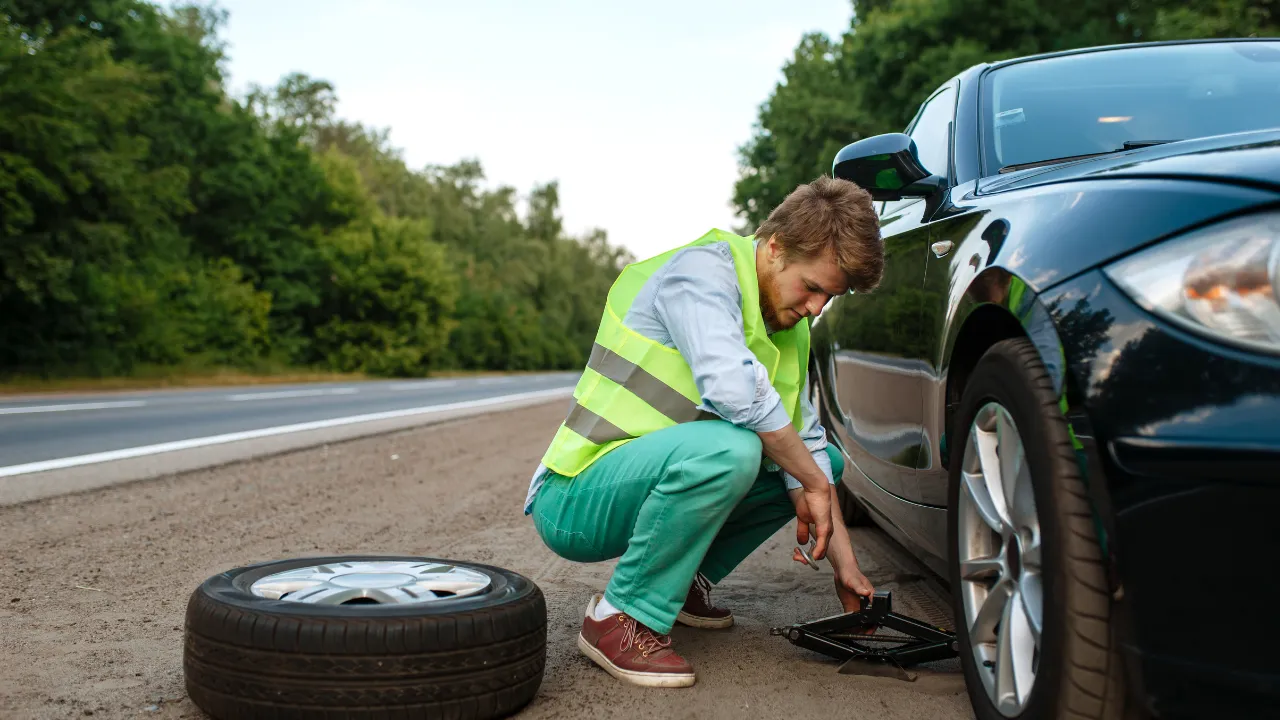Few things are as stressful as having your car break down on a busy highway—especially in India, where traffic density, unpredictable road conditions, and limited roadside assistance in remote areas can quickly escalate a minor issue into a major ordeal. However, staying calm and knowing exactly what to do can make all the difference. In this article, we’ll guide you through the safest and most practical steps to handle car breakdowns on the highway effectively.
1. Stay Calm and Assess the Situation
Your first reaction should be to stay composed. A sudden breakdown can be startling, but panicking will only impair your judgment.
- Turn off your music or distractions.
- Assess the severity of the issue—engine noise, dashboard warnings, smoke, or flat tyre?
- Decide whether the vehicle can move slightly or needs to stop immediately.
2. Pull Over Safely
Move your car to the shoulder or the leftmost lane if possible.
- Use your indicators and hazard lights as you slow down.
- Avoid abrupt braking or turning—signal your intentions early.
- Try to stop near a kilometer marker or exit to help roadside services locate you easily.
Pro Tip: Avoid stopping near curves or bends, as other drivers may not see your vehicle in time.
3. Switch On Hazard Lights
The hazard lights (emergency flashers) are your first warning signal to other vehicles.
- Keep them on the entire time the car is stationary.
- If it’s dark, also turn on parking or interior lights for better visibility.
This helps prevent accidents and alerts others that you’re experiencing trouble.
4. Place a Warning Triangle
If you have a reflective warning triangle or cones, place them 10–15 feet behind your vehicle on highways and 25 feet on expressways.
- This gives approaching drivers time to slow down.
- Use red cloth or reflectors if you don’t have a triangle.
5. Exit the Vehicle Carefully
Only step out of your car if it’s safe to do so.
- Exit from the passenger side to avoid oncoming traffic.
- Ensure children and elderly passengers stay inside unless you are far from moving traffic.
- Wait behind guardrails or away from the traffic flow.
Pro Tip: Keep an emergency reflective jacket in your car to be visible at night.
6. Call for Assistance
Use your phone to call for roadside assistance:
- Manufacturer-provided breakdown service (Hyundai, Tata, Maruti, etc.)
- Insurance company assistance (if you have roadside cover)
- National Highway Helpline: 1033
- Tow truck or local mechanic if service is nearby
Keep your vehicle registration number, location (milestone/landmark), and issue description ready.
7. Don’t Attempt Major Repairs Yourself
While it’s tempting to fix things quickly, don’t try complicated repairs unless you’re trained.
- Only change tyres or check for loose battery terminals if it’s safe.
- Avoid opening the radiator cap if the engine is overheating.
Trying to fix a serious problem in the middle of a busy road can be dangerous.
8. Use GPS to Share Your Location
Enable location services and share your live location with friends, family, or the towing service.
- Helps identify your exact position, especially at night or on long stretches with no clear landmarks.
9. Secure Valuables
While waiting for help:
- Lock the car if you’re stepping away.
- Keep valuables like wallets, mobile phones, and ID with you.
- Be cautious of strangers offering unsolicited help.
10. Document the Breakdown
Take photos of the car’s condition and any warning lights or visible damage.
- Useful for insurance claims or disputes with service providers.
- Helps mechanics understand the issue faster.
Preventive Tips to Avoid Highway Breakdowns
- Service your car regularly. Check oil, coolant, brakes, and tyre condition.
- Always carry: spare tyre, jack, flashlight, jumper cables, and warning triangle.
- Keep documents handy: insurance, RC, roadside assistance numbers.
- Download support apps like mParivahan, insurance apps, or manufacturer service apps.
Final Thoughts
Breakdowns are unpredictable, but preparation and presence of mind can turn a stressful highway situation into a manageable one. Always prioritize your safety and that of your passengers, alert other drivers, and seek professional help rather than rushing to fix the issue yourself.

